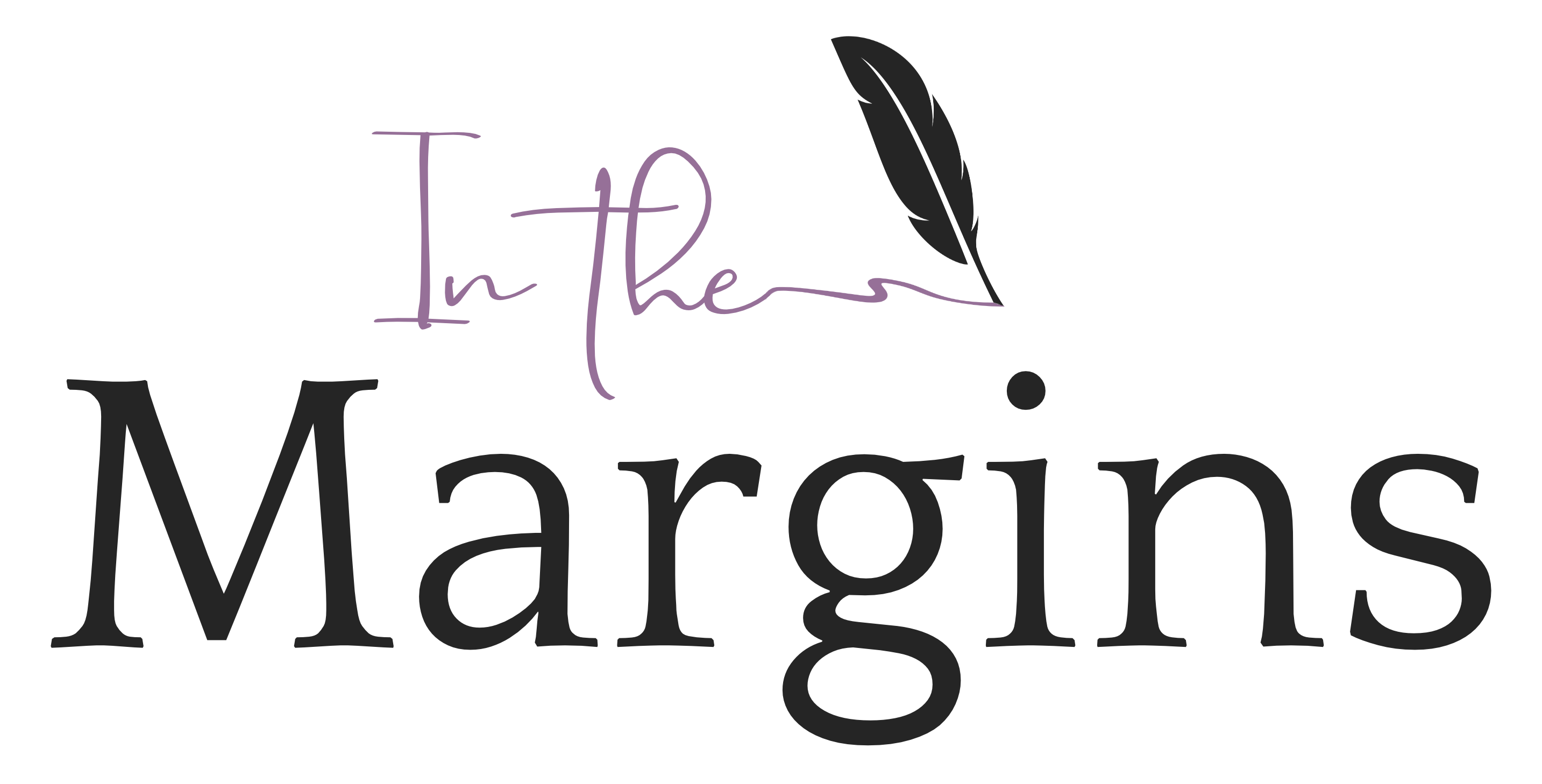Deep third-person point of view is a form of limited third POV that immerses your reader in the experience of your character by removing most of the narrative voice. It can help bring a stronger sense of connection to the character, while also helping you clip longer sentences to keep the pacing up.
Here are examples:
Limited Third-Person
Even with Elliot two tables away, Emily could spot the smear of purple in the corner of his mouth. Emily stared at him, wondering if he was the one who stole her ice pop.
Deep Third-Person
Elliot sat two tables away, a big smear of purple visible in the corner of his dumb mouth. Was he the one who stole her ice pop?
Can you see and feel the difference?
Let’s take another look. The limited third-person POV includes narrative voice to guide the reader through what’s happening:
Even with Elliot two tables away, Emily could spot the smear of purple in the corner of his mouth. Emily stared at him, wondering if he was the one who stole her ice pop.
In the deep third-person POV example, that’s all gone and we’re in Emily’s head as she observes and wonders about Elliot.
Your Turn
Is there a point of view you prefer to write in? Have you taken the dive into the “deep end” with deep third?

